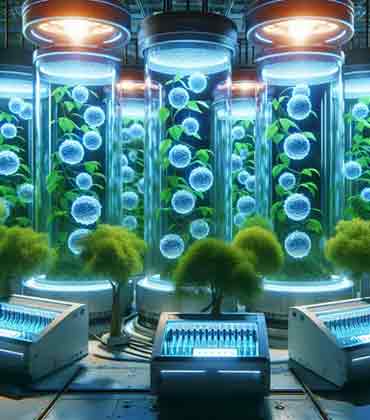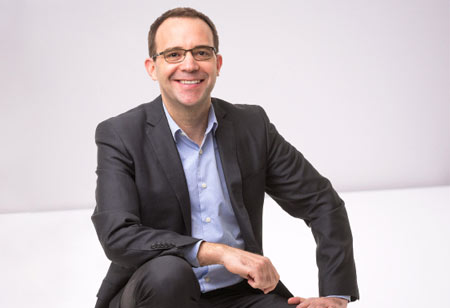THANK YOU FOR SUBSCRIBING
By Alex Borschow, Co-Founder and Managing Director, Semillero Partners
Food Tech Innovation in the 21st Century
By Arun Ahuja, Senior Vice President & General Manager, Healthcare & Corporate at Transact + CBORD
The Path of Least Resistance: Connecting Hospital Food...
By David Hermann, ANZ Electrical, Instrumentation and Process Automation Manager, Goodman Fielder
Digital Transformation and Industry 4.0 in Manufacturing

Growing Goods: Inside the Urban Food Movement
Nicole Feneli, VP of Wellness & Sustainability, FLIK Hospitality Group

 Nicole Feneli, VP of Wellness & Sustainability, FLIK Hospitality Group
Nicole Feneli, VP of Wellness & Sustainability, FLIK Hospitality Group Being a foodservice provider means so much more thansimply offering food to our customers. As business partners it is crucial that we understand our clients’ culture and any corporate goals they have. We have experienced a significant increase in focus on Corporate Social Responsibility (CSR) by our clients in the last several years. This has been especially true for clients with large real estate portfolios and clients in large US cities.
"We have a large responsibility to purchase responsibly and minimize our carbon impact."
The food system – production, processing, distribution, and consumption – has a tremendous impact on the environment and is a major driver of global warming. Not only does the food system impact global warming it is then also affected by it. Dramatic changes in weather patterns have affected agriculture outputs across the country. Many produce items are more expensive than ever and have diminished in quality.
We have a large responsibility to purchase responsibly and minimize our carbon impact. Carbon reduction is a primary CSR goal for FLIK Hospitality Group and our parent company Compass Group as well as many of our clients. Offering our clients solution for hyper local growing is one way we are helping with carbon reduction goals.
The need for on-site growing options was highlighted during the pandemic when supply chain issues made it challenging to get food to our operations on a daily basis. Even though all produce needs could not be met by on-site growing, there was a level of comfort in knowing some items are available on your own property.
The rising demand for hyper local growing options has been met by the intersection of agriculture and technology. As food service providers we no longer limited by land and climate to grow produce that we can use in our cafes. In-door hydroponic growing now allow us to grow produce right in the cafes all year. Using a faction of the water of traditional growing methods our chefs have year- round access to fresh herbs and leafy greens. Our customers can see ingredients being grown and harvested, showing our commitment to sustainability. Ingredient are utilized in areas of greatest impact like the action station where we use LCD screens to tell the story.
Container growing systems are another hydroponic option that yield a significant harvest; up to 200 pounds per week. These systems do require more space and manpower to then in-door systems, but their yield can significantly reduce produce purchases. The larger yield allows operations to offer additional services tied to on-site grown ingredients like food demos or teaching kitchens. These systems are extremely successful on school campuses where science based classed can enjoy real life examples of agriculture.
In warmer climates roof top gardens can thrive and provide a large variety of crops. This option often requires a part or full-time resource to maintain. We help clients with on-site gardens use them for team building events. Many of our clients with full onsite gardens donate all or a portion of their harvest to local food panties, supporting their local community.
The requests to implement hyper-local/ urban growing systems will continue to rise as our clients continue to expand their sustainability goals. While there might not end up being a financial return on investment with this effort, the cultural uplift observing produce being grown and used in the workplace brings is certainly worth the conversation.
Read Also















